Premium Only Content
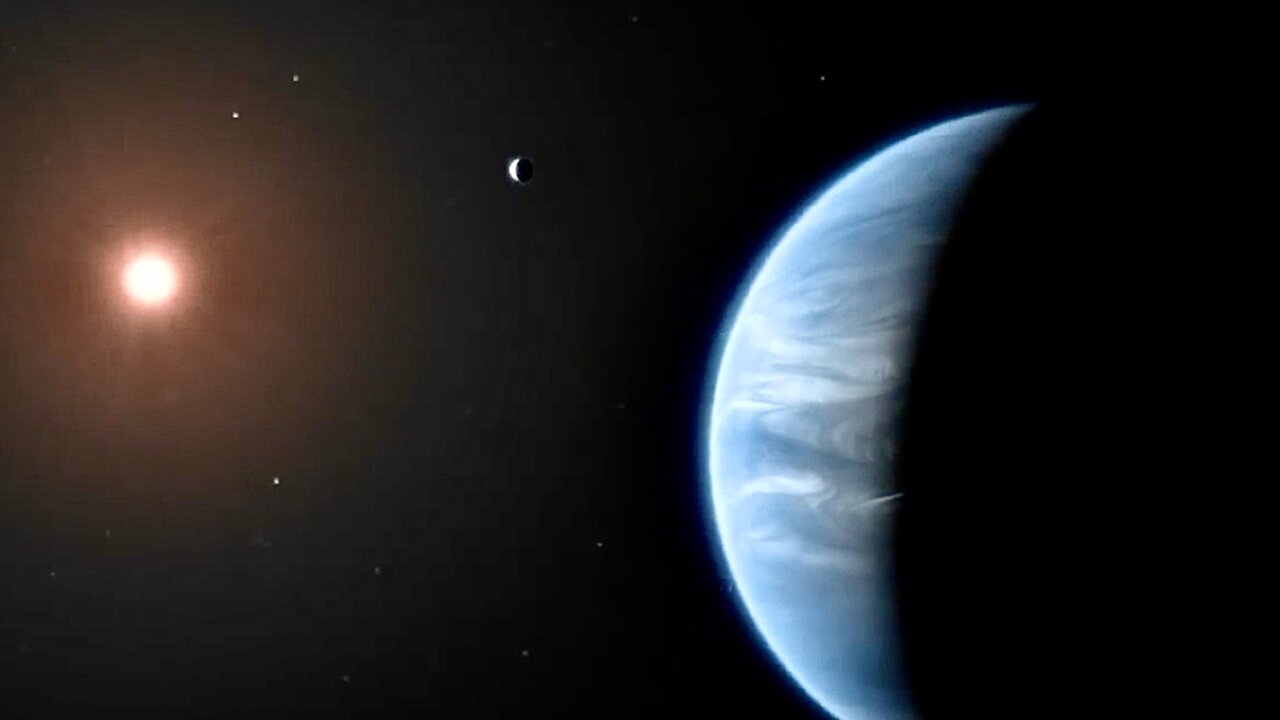
Water Vapor Detected on "Habitable Zone" Exoplanet by Hubble Telescope
A Visit to Watery Super-Earth Alien Planet K2-18 b Would Be Super-Strange - You might be squished by the huge atmosphere. The alien planet K2-18 b would be a truly exotic vacation destination. Two research teams just announced the detection of water vapor in the air of K2-18 b, a "super-Earth" that lies about 110 light-years from our planet. This is a landmark discovery, because the alien world is potentially habitable, apparently orbiting its star at the right distance for liquid water to exist on the planetary surface.
But this doesn't mean that K2-18 b is Earth-like; in fact, the two worlds are quite different. K2-18 b is about 2.3 times wider than Earth and eight times more massive, for example, and it orbits a red dwarf, a star much smaller and dimmer than our own sun.
So, what would a trip to K2-18 b be like? Very long, for starters — it would take more than a million years to get there using traditional rocket propulsion. But let's put matters of practicality aside. What would you see on the surface of this world? What would you experience?
It's tough to say, unfortunately. For starters, K2-18 b, which was discovered in 2015, orbits relatively close to its host star, completing one lap every 33 Earth days. So, the planet could be tidally locked, always showing one face to the red dwarf, just as Earth's moon always shows us its near side. If that's the case, then K2-18 b would have a day side and a night side, with a strip of permanent twilight separating the two.
But we don't know if that's the case, and the uncertainty continues from there.
One of the research teams, led by Angelos Tsiaras of University College London's Centre for Space Exochemistry Data (CSED), determined that water vapor makes up between 0.01% and 50% of K2-18 b's atmosphere. With such a big range, it's tough to characterize the exoplanet; it could be completely flooded, for instance, or a world with lakes and oceans but lots of exposed land, study team members said.
The other research group, led by Björn Benneke of the Institute for Research on Exoplanets at the Université de Montréal, posited another scenario. These scientists suggested that K2-18 b consists of a planetary core surrounded by a huge, hydrogen-dominated atmosphere that contains mere smidges of water vapor. Such a world wouldn't have a surface, at least not the kind we're used to here on Earth.
Music:Bottom of the Sea (Instrumental Version) by Dhruva Aliman
Amazon- https://amzn.to/3dgKA52
https://music.apple.com/us/artist/dhruva-aliman/363563637
https://dhruvaaliman.bandcamp.com/album/hard-to-get-along
http://www.dhruvaaliman.com/
Spotify - https://open.spotify.com/artist/5XiFCr9iBKE6Cupltgnlet
#exoplanet #hubble #discovery
-
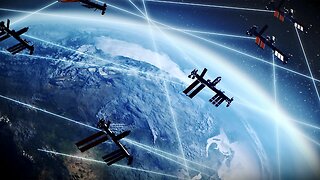 19:56
19:56
Knowledge Land
3 months agoU.S. SPACE FORCE - Orbital & Electromagnetic Warfare - Mission Objectives
951 -
 1:32:54
1:32:54
Jeff Ahern
4 hours ago $23.78 earnedThe Saturday Show with Jeff Ahern
75.9K9 -
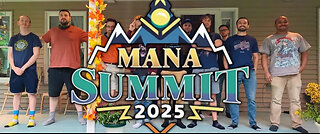 LIVE
LIVE
TheManaLord Plays
6 hours agoMANA SUMMIT - DAY 1 ($10,200+) | BANNED PLAYER SMASH MELEE INVITATIONAL
241 watching -
 LIVE
LIVE
Major League Fishing
2 days agoLIVE Tackle Warehouse Invitationals Championship, Day 2
175 watching -
 LIVE
LIVE
GamerGril
3 hours agoScream Queens 💕 Goth & Gore 💕 Unpossess
115 watching -
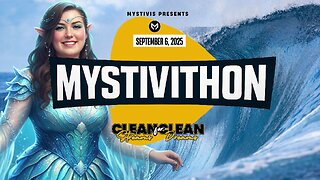 LIVE
LIVE
CassaiyanGaming
6 hours agoMYSTIVITHON - 12 HOUR CHARITY STREAM 🌊
83 watching -
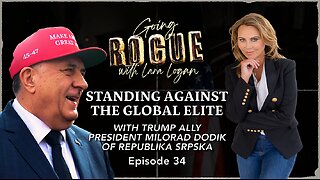 2:14:16
2:14:16
Lara Logan
19 hours agoSTANDING AGAINST THE GLOBAL ELITE with Trump Ally President Milorad Dodik of Republika Srpska | Ep34
33.8K18 -
 LIVE
LIVE
FoeDubb
5 hours ago🏰KINGDOM MENU: 👑CHILL CONVO 🎮DELTA FORCE PEW PEWS WITH THE HOMIE ARROWTHORN DILLY DILLY!!!
33 watching -
 1:56:00
1:56:00
PixiEars_
3 hours agoBDAY STREAM
7.91K2 -
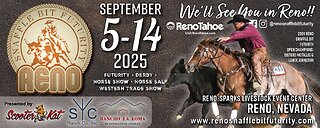 LIVE
LIVE
Total Horse Channel
21 hours ago2025 Reno Snaffle Bit Futurity | Saturday
1,313 watching